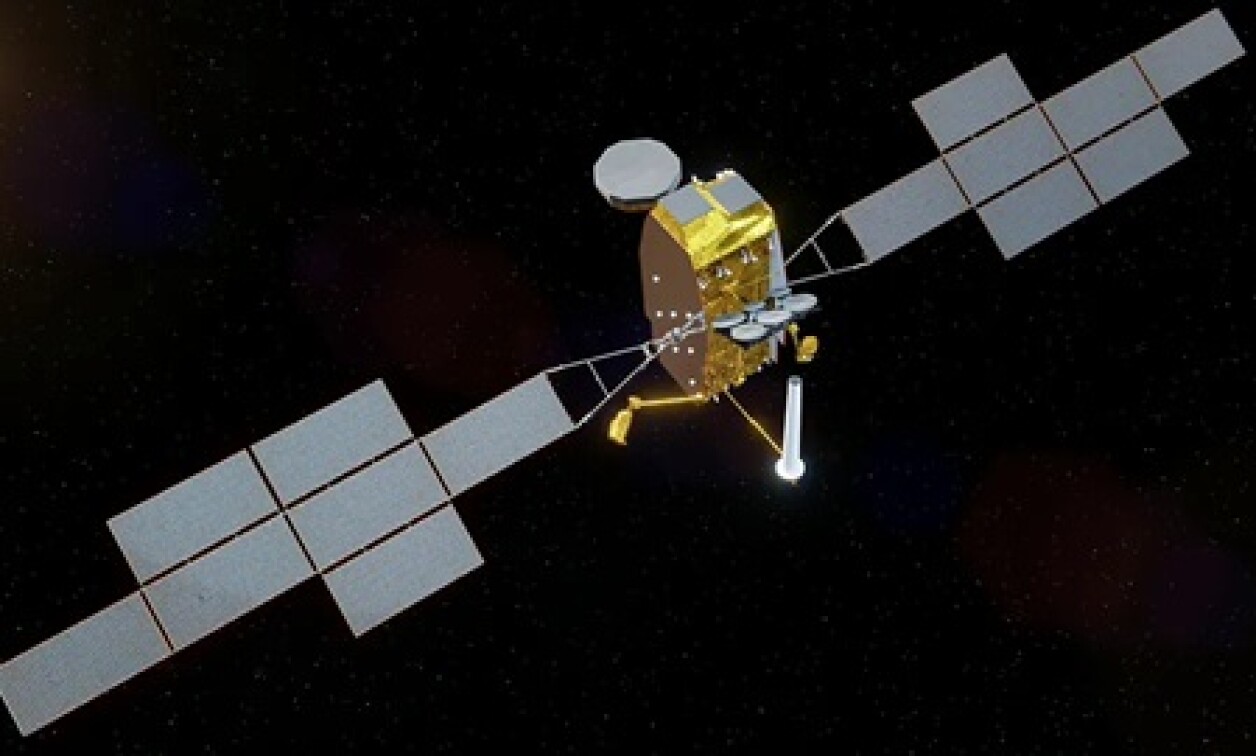Donald Trump said on Monday morning that he would rule out running for the vice-presidency in the 2028 US election, an unorthodox approach that some of his supporters have floated to allow the Republican US president to serve a third term in the…
Author: admin
-
Direct deaminative functionalization with N-nitroamines
Amines are among the most common functional groups in bioactive molecules1. Despite this prevalence, conventional means of converting aromatic amines rely heavily on diazonium intermediates2, which pose significant safety risks due to the…
Continue Reading
-

World’s first nuclear clock to probe fine-structure constant change
A team of researchers in Austria has recently demonstrated that the world’s first nuclear clock could help answer whether the fine-structure constant changes over time.
The scientists from the Vienna University of Technology (TU Wien),…
Continue Reading
-

DNEG Animation’s INSPIRE Series Welcomes the ‘KPop Demon Hunters’ Team!
Earlier this month, we were thrilled to host an INSPIRE Series session with the directors behind the animated film, Maggie Kang and Chris Appelhans!
Joining us in our London studio, the duo shared how they developed their original idea into a…
Continue Reading
-

Belgian Competition Authority: Interim Measures on UCI Cycling Standard
The standard at stake
On June 12, 2025, the UCI announced the adoption of a new technical standard that limited the maximum gear ratio permitted in professional road cycling events.
SRAM, a U.S.-based bicycle components manufacturer, is one of two…
Continue Reading
-

CrowdStrike Named Overall Frost Radar Leader for SSPM
CrowdStrike ranked highest among all vendors in growth and innovation
AUSTIN, Texas – October 27, 2025 – CrowdStrike (NASDAQ: CRWD) today announced it has been named the overall Leader in the 2025 Frost Radar™ for SaaS Security Posture…
Continue Reading
-

Intracardiac Echocardiography Outperforms Transesophageal Echocardiography in Atrial Fibrillation
Intracardiac echocardiography (ICE) has demonstrated noninferiority to transesophageal echocardiography (TEE) in preventing
thromboembolic complications during atrial fibrillation (AF) ablation, offering advantages in terms of safety,…Continue Reading
-
Swansea v City: Live radio commentary with a CITY+ subscription – Manchester City FC
- Swansea v City: Live radio commentary with a CITY+ subscription Manchester City FC
- Marmoush To Lead The Line | 4-3-3 Manchester City Predicted Lineup Vs Swansea City The 4th Official
- Can the Swans turn the tables in what is a pretty insignificant…
Continue Reading

